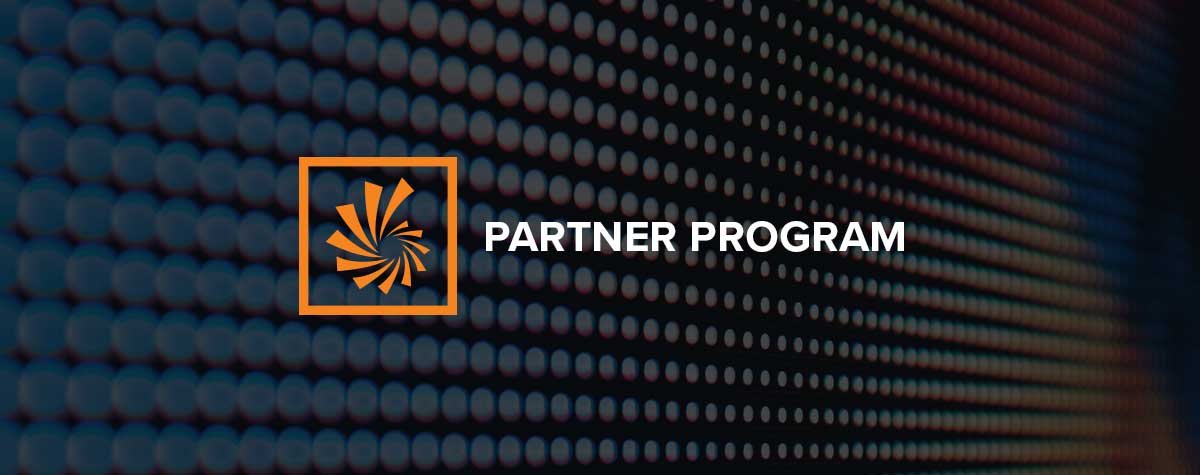Is a programmatic ad program right for your digital network?
One of the advantages of a digital-out-of-home signage network is the ability to monetize the audience that sees the content of those screens. For some entertainment venues, they are even able to offset the cost of the network itself by selling advertisements.
Until recently, the selling of those ads was something that had to be done manually, either by the owner of the screens or by contracting with media sales organizations. Now, though, it’s possible that the same method that’s used to sell much of the advertising we see on websites can help populate those vacant ad spaces on DOOH signage networks.
This method is called programmatic advertising, and it’s essentially automating the ad sales process by using software to sell digital advertising.
While it’s possible for many companies with digital signage networks—such as retail stores, grocery stores, bars and restaurants—to take advantage of this new opportunity, there are some things you should consider before you do.
Pros and cons of programmatic ads
For the companies buying ad space on the screen, programmatic advertising makes the whole process easier and removes demographic limitations of a more traditional ad purchase. Instead of only being able to choose demographics like age, gender, or location, you have more audience options available. You can now buy space in front of audiences based on factors like mindset, brand affinity, and lifestyle.
For the publishers—the companies selling space on their screens—it opens their networks to a larger pool of potential advertisers. This saves time by eliminating the need to contact each and every media planner and advertising agency separately. Programmatic ad tech automation removes friction and makes it easier to reach an audience and is a beneficial tool in their toolkit.
However, programmatic advertising shouldn’t yet be expected to become the main ad revenue stream. Programmatic should be considered a supplemental program, not a replacement or a wholesale solution to buying and selling ad inventory.
Protect your brand integrity
One thing companies considering programmatic solutions need to think about is protecting the integrity of their brands. As a specialized retailer with a distinct audience, you’ll want to be careful about opening up your screens and your audience to advertising from brands that might not be a good fit. And even if the brand is a good fit, you still want to make sure that the ads you show are contextually relevant to your venue, the customer experience you want to provide, and to the audience.
If you add programmatic ads to your network, you need to be sure the system you’re using gives you options to choose the brands that are allowed to show content on your screens. You should be able to pre-approve certain advertisers, and even be able to preview and approve the actual content itself.
DOOH network software options
The out-of-home ad market is still mostly bought and sold through salespeople. However, the market for products designed to automate the process is growing. Networks and display systems in the out-of-home market are migrating to digital, and programmatic advertising is growing. And if larger solution providers and companies like Google get involved, the market could change at an even faster pace.
To assist our clients here at Reflect, we’ve designed our AdLogic software as an add-on for ReflectView, our enterprise-level content management system. AdLogic focuses on automating audience measurement and inventory optimization in order to leverage ad inventory and make it easier to publish, deliver, and track your ad campaigns. AdLogic can reduce the cost of managing your DOOH network and integrate with a variety of programmatic solutions.
AdLogic helps protect our clients and their digital networks by layering in choices. This flexibility ensures you have the right tools and approaches to protect the integrity of your brand and customer experience. With a choice of programmatic options and workflows, you can manage the brands, advertisement types, and content that appear on your network. Want to learn more? We’d love to talk with you about a potential programmatic ad program today.
Share this
You May Also Like
These Related Stories

Reflect Systems Announces Reflect Ovation Partner Program

How to Measure the Success of Your Digital Signage Pilot Program


